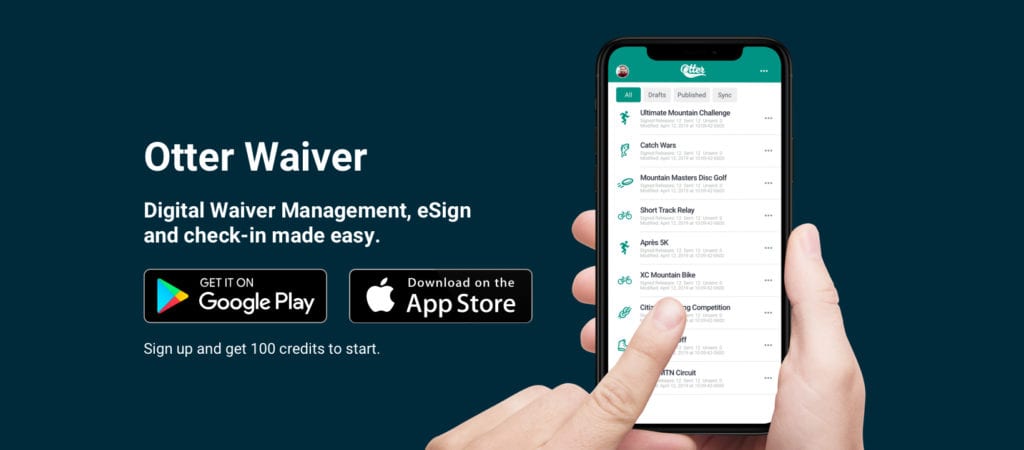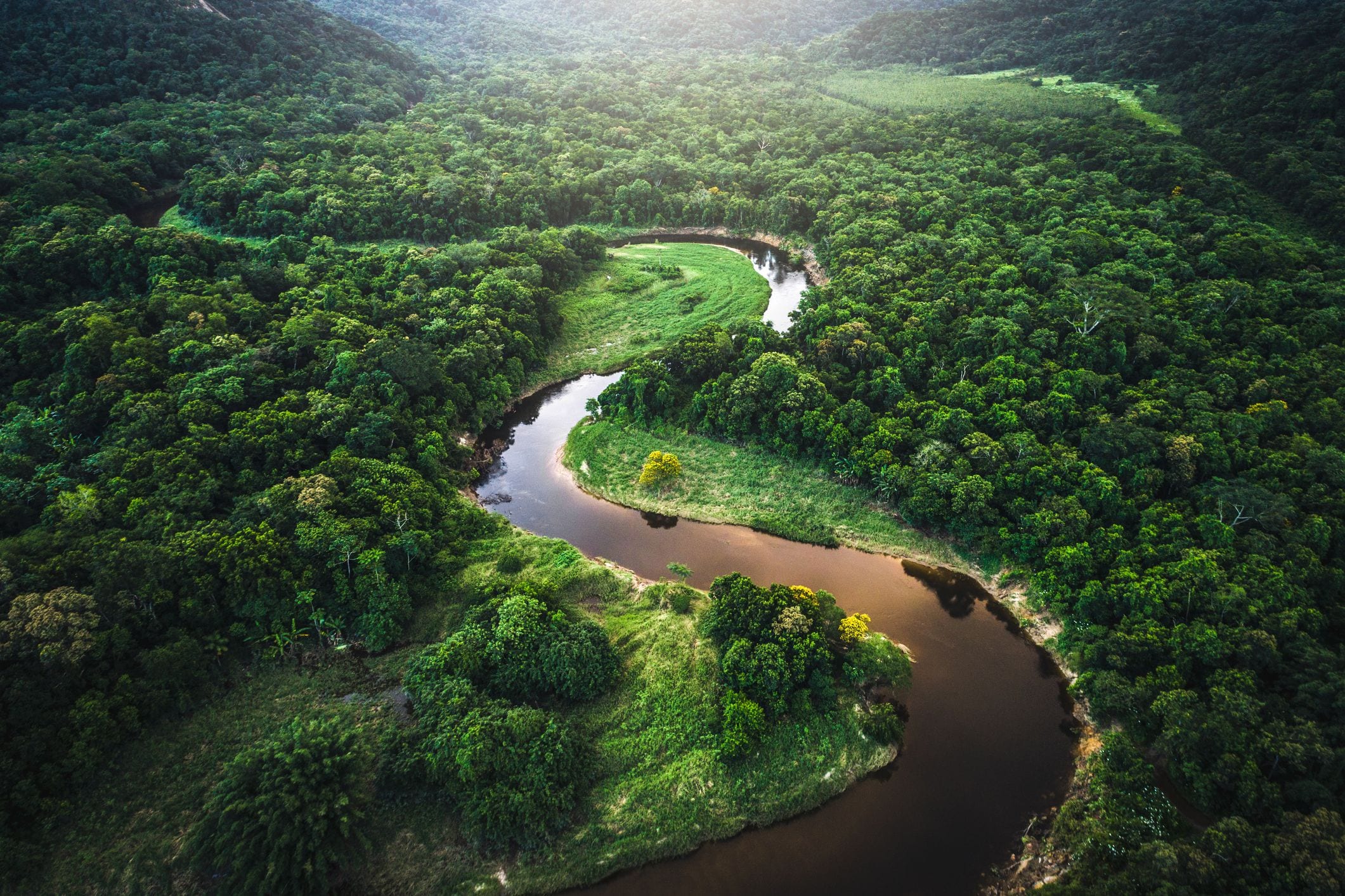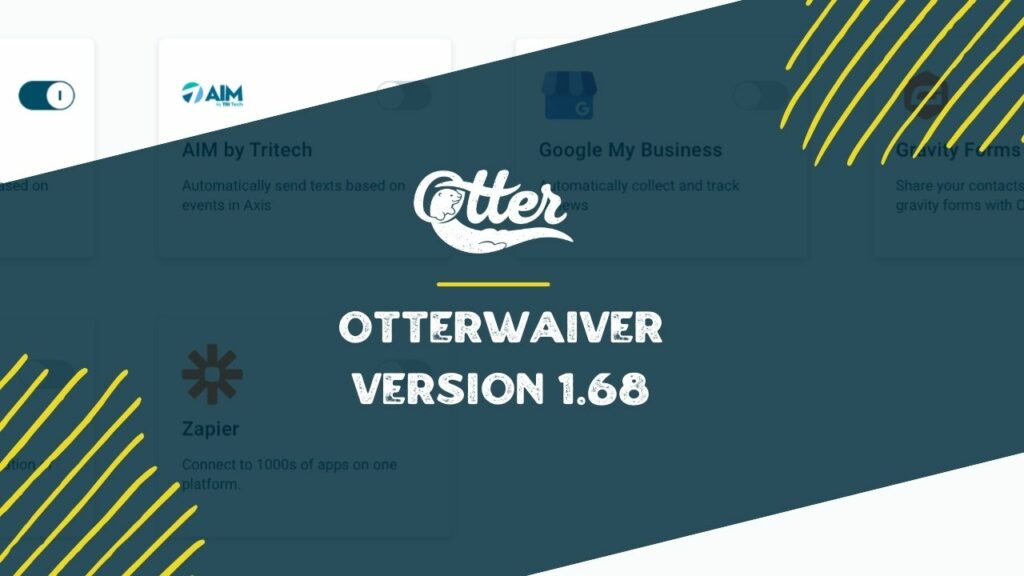For organizations and industries that rely on the use of liability waivers, paper consumption is a big problem. Guiding companies and other recreational businesses will require them before every adventure. Many non-profits need volunteer help with projects but have to make sure they’re not held liable in the case of an unexpected event. Waivers are needed for each person – which means paper is gone through quickly and frequently.
The use of paper is such a part of our daily lives that it’s easy not to give it a second thought, but it’s important to think on. There are significant environmental impacts that are created as a result. The impact starts at the beginning, as the source for most of our paper is trees. It then continues into the paper manufacturing process, which is responsible for water pollution. Even the ink we use to print on that paper impacts the earth.
Deforestation for Paper Production
The biggest issue with paper consumption is deforestation, the effects of which are severely damaging. While the main contributor to deforestation may be agriculture, it’s important to also take into account the global market for wood products. The industry providing the world with paper generates over $400 billion US dollars each year, says Business Wire. It’s not slowing down, either. In 2016, 472 million tons of paper products were consumed worldwide – a number that has been growing steadily. By decreasing our demand, we could be able to make a difference in the number of trees that are cut down.
Forests provide irreplaceable habitat to many creatures, but they are disappearing at an alarming rate every day. According to WWF, 18.7 million acres of forest are lost every year. Entire ecosystems are being destroyed and animals displaced. The recent wildfires in Australia brought major global attention to the devastating effects of habitat loss. Recall the many videos shared on the news and social media of animals without a home to go back to. Human-caused destruction of habitat is happening quickly and often, too.
It’s a vicious cycle. We need forests to filter CO2 out of our atmosphere. They are an integral part of our fight against global warming. It is estimated that trees could be as much as 30% of the solution to climate change. One Tree Planted states that one tree can filter out 48 pounds of carbon from our atmosphere in a single year. That same tree will also provide enough oxygen for four people to breathe per day. The Amazon Rainforest alone produces more than 20% of the earth’s oxygen as it filters carbon from the air. When our forests are destroyed, we are contributing to climate change, which then worsens natural disasters like wildfires.
Tree Cutting Disrupts the Water Cycle
There are other effects on the environment besides the air we breathe. The water cycle is disrupted, too. Only about 5% of water consumed by plants stays within the plant itself. The rest evaporates through tiny pores in the surface of leaves and returns to the atmosphere, a process called transpiration. Without plant transpiration, previously lush areas dry up. As the water enters the atmosphere and rises upwards, it will condense into rainclouds and the water cycle begins again. Research done on the island of Borneo, where deforestation is at large, showed that these areas have seen 15% less rainfall. The research also reported a noticeable increase in temperatures in deforested regions.
Paper Mills Cause Water Pollution
The paper manufacturing process also poses a threat to our water supply. Paper mills are the third largest industrial polluter in the United States, says the environmental law US Legal site, and the waste water created during the production is full of toxic chemicals that end up dumped into watersheds. These mills may be releasing highly toxic chemicals, affecting the safety of drinking water. If the pulp is going through a chlorine bleaching process, which most paper does, it releases a lot of undesirable compounds. Even the organic materials can affect freshwater, with high levels of nitrogen endangering fish and other organisms.
Ink Impacts the Earth
When we print paperwork, we’re dealing with another environmental impact in the way of toner cartridges. The ink we use in most printers requires oil to create and has its own carbon footprint from the manufacturing stage. Energy Central reports that the creation of toner cartridges creates a total of 17 pounds of CO2 emissions per cartridge with the combined impact of the ink and the plastic cartridge itself. What’s more is that 50 to 70% of these are not recycled after they are used up! This means they end up in landfills, where the heavy metals in the ink can leach into the soil and water table. The plastic of the cartridge will then sit in the landfill for a very, very long time – plastics take hundreds of years to break down and never fully decompose.
What Are Some Solutions?
The following are just a few options to reduce our impact. There are also many organizations that focus their efforts on reforestation projects. You can even plant trees in your own neighborhood to make a difference. In a society that relies heavily on the use of paper, it’s important to be conscious of our impact and attempt to find a way to minimize it.
We can make our paper consumption a little more sustainable from the start. Buying recycled office paper will minimize impact by removing the need for more trees to be cut. Post-consumer options are available from most places you would buy your office supplies. A slightly less common possibility would be to choose paper made from sustainable fibers, such as bamboo or hemp. These materials grow much quicker than trees and make a great alternative. They will not be as accessible, but as concern over deforestation grows, they may become easier to get your hands on. And of course, make sure to recycle everything you use!

Digital Waivers
Some organizations and outdoor industry companies have moved to virtual waivers. Signing digitally completely eliminates the need for paperwork in the original definition of the word. Plus, it’s a convenience in that it can be completed on anybody’s smartphone or laptop. It saves time and effort as well as paper and ink.
You can do better by switching to digital. With Otter Waiver, I have made it my mission to provide a digital waiver and e-signature service that will cost you 50% less than traditional paper. Electronic paperwork can reduce your cost and your environmental impact simultaneously. To take it a step further, Otter is proud to have partnered with One Tree Planted, an organization that is combating deforestation by planting new trees. For each tree that is saved by going electronic, I am dedicated to planting new trees in our forests and outdoor spaces.
By 2025, it is my goal to plant one million new trees – which would produce 26 million pounds of oxygen and absorb 48 million pounds of carbon dioxide every year, release 250 to 400 million gallons of water back into the atmosphere per day, and offset the production of a total of between 1 to 2 billion pounds of paper. Together, by going digital, we can save trees, reduce our carbon footprint and make a difference.



